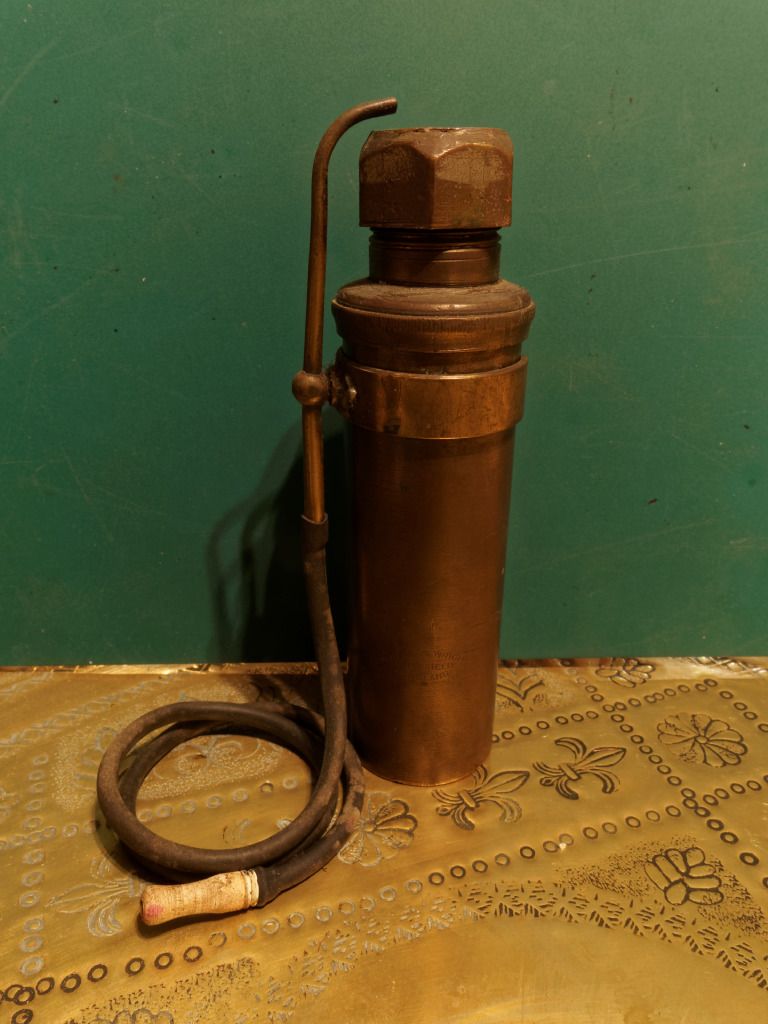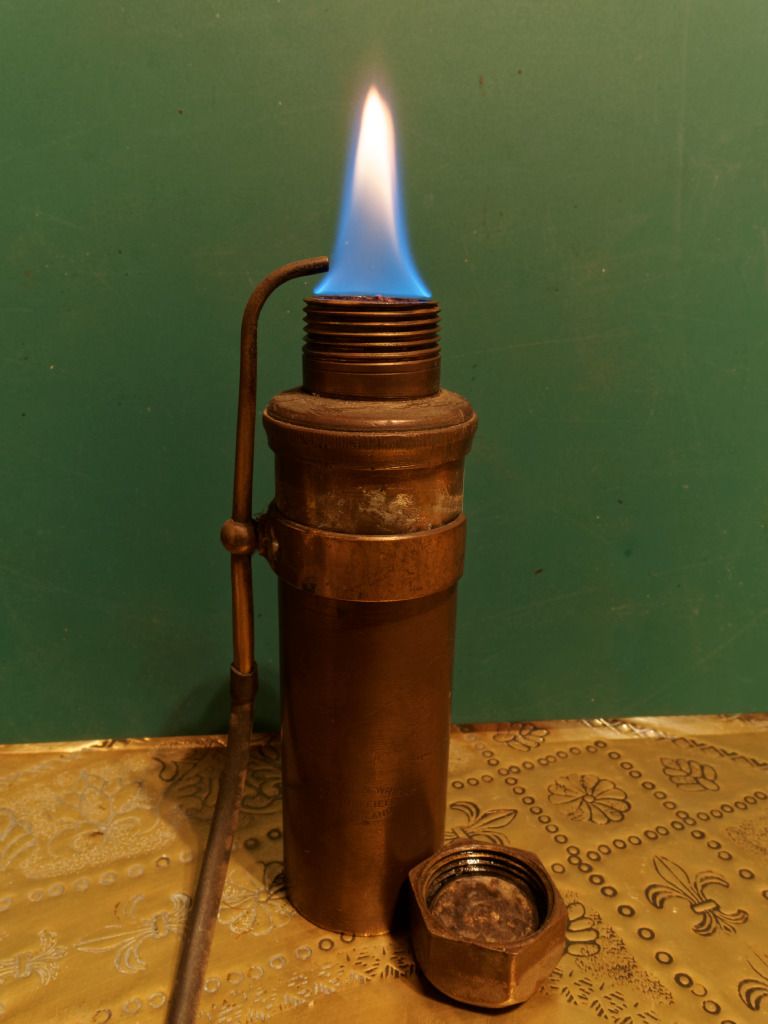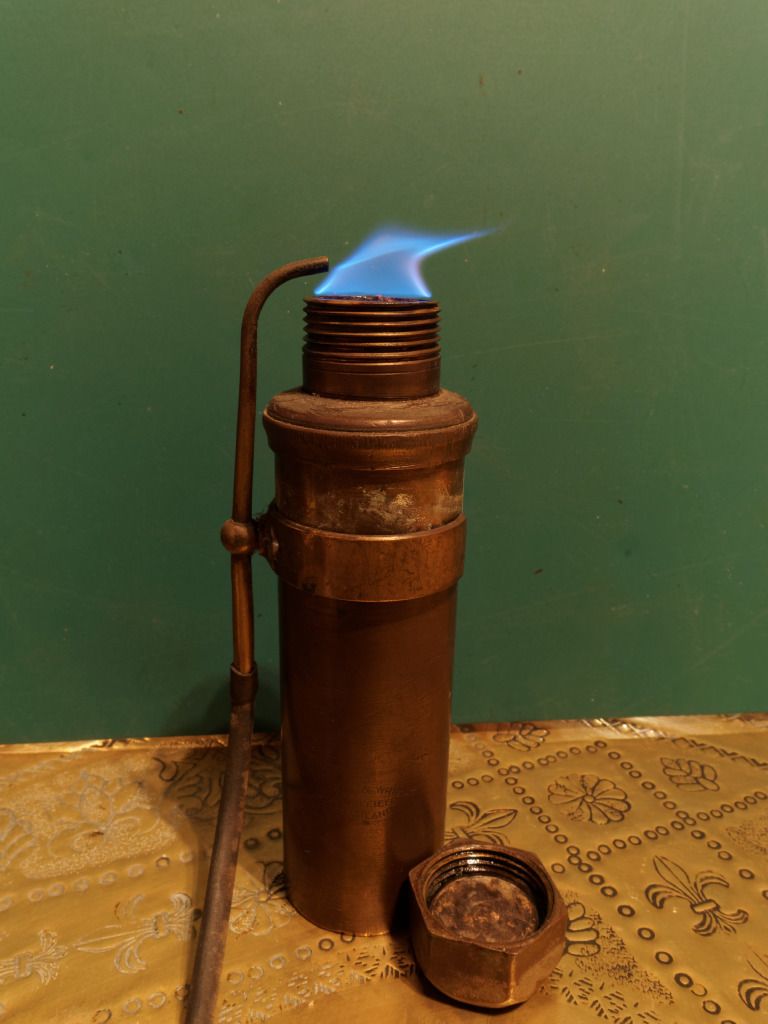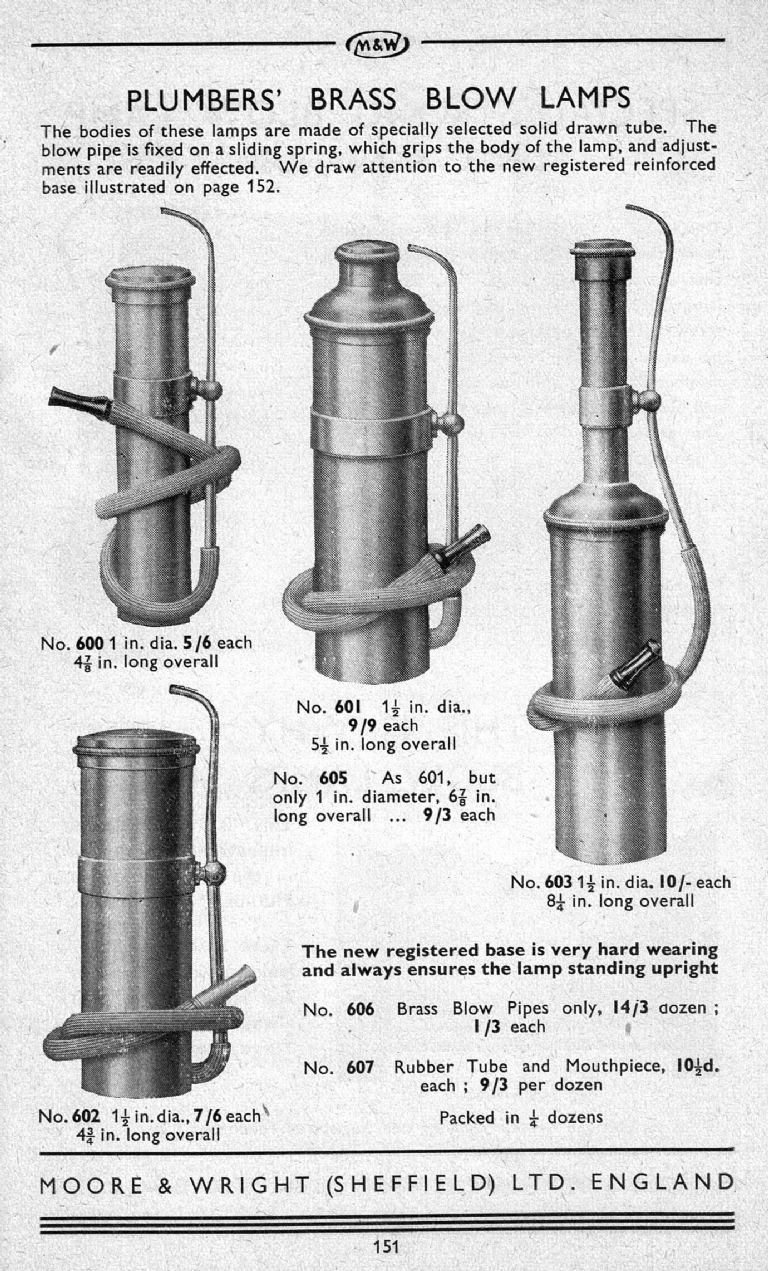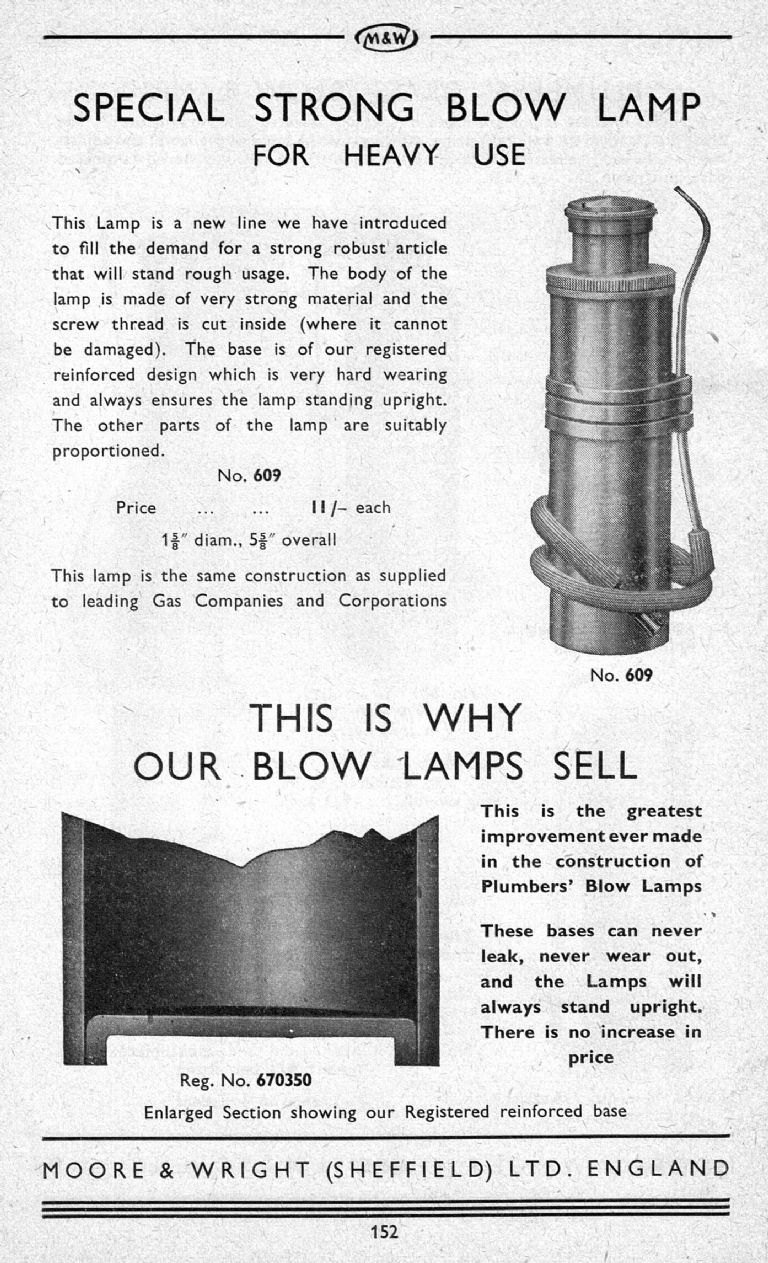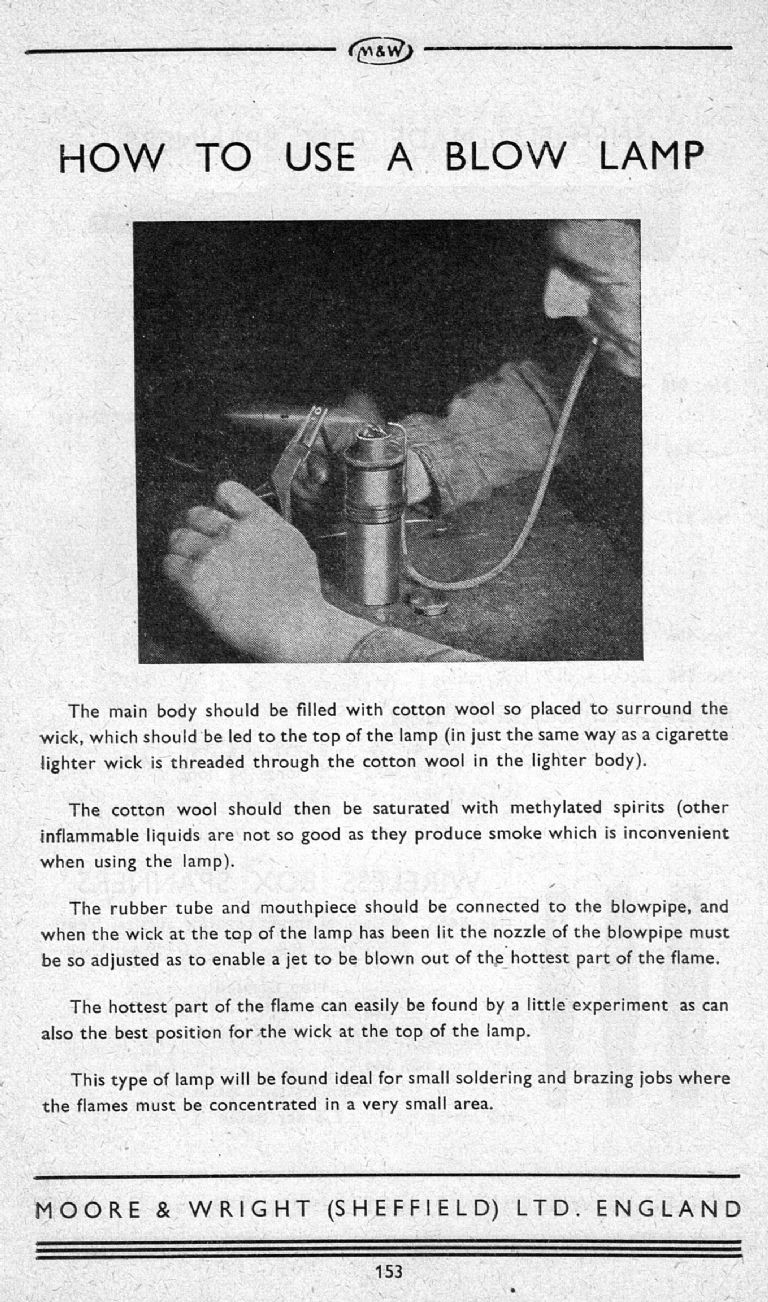Posted by not done it yet on 05/10/2017 05:03:00:
l seem to remember a similar method of producing a fine, intense flame for chemical analysis in the school lab, but with glass hardware.
Was it blowing across a bunsen flame with either a metal, or hard glass, blow jet to heat up substances placed in a recess in a block of carbon?
Simple experiments for the effect of heat on a substance in a reducing atmosphere. Not allowed as soon as health and safety took over. I suppose sanitation of the blow jets, pupils sucking in hot gases, and idiots blowing hot powders around the lab, etc, etc put a stop to those interesting experiments.
….
Yes with a Charcoal Block and also the Borax Bead Test.
I know some of you chaps like to blame H&S for all the ills of the modern world but in this case they stopped teaching blowpipe technique because it has long been – more or less – obsolete. In the sixties some of the old fashioned analytical methods were still being taught (Chlorides detected with Silver Nitrate etc.) but much less than you would find in a Victorian Chemistry Textbook.
Early on the process of identifying an unknown chemical involved many tests, each one designed to eliminate or prove the presence of an element, Anion or Cation. By very careful measurement of weights with a Chemical Balance it also was possible to extract further information about the unknown compound. As testing by these methods was skilled work as well as slow and tedious, much effort was put into finding better ways of doing it. Once they were available, there was very little point in teaching schoolchildren the older ways which is why blowpipes have all but disappeared and chemical balances sit in the corner.
A word of advice: if you're inclined to automatically blame H&S for 'bad things', please don't. You are probably wrong. Check and double check the facts. For example, most UK towns used to have a foundry or two happily casting iron. Most of them have gone, not because of H&S, but because demand for cast-iron products has been falling for over a century. It is true that H&S and Environmental requirements were often the last straw, but most of those businesses were bankrupt already. It's also easier for employers to claim unreasonable H&S for their failures rather than poor management and bad investment decisions.
H&S is a glorious opportunity to shift the blame. Engineers don't fall for such propaganda because it breaks the first rule of Engineering: 'thou shalt not solve the wrong problem'.

Dave
martin ranson 2.




